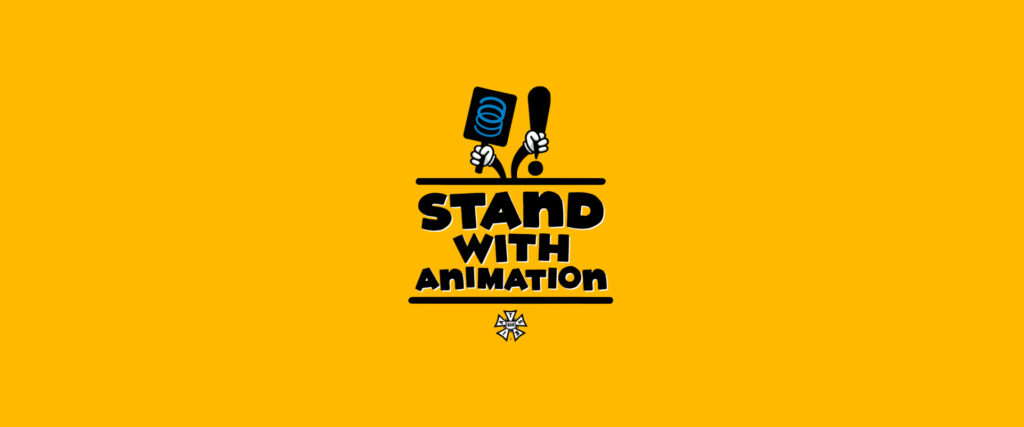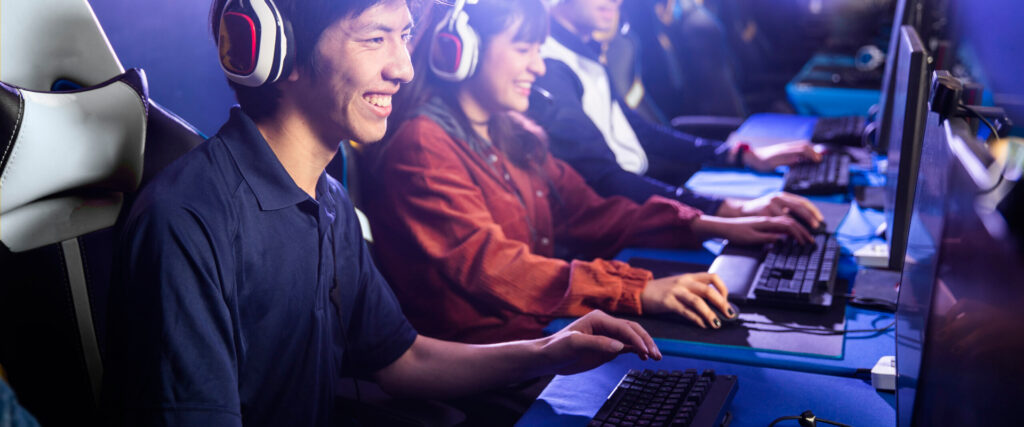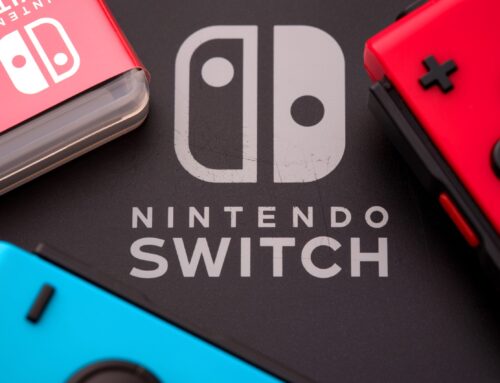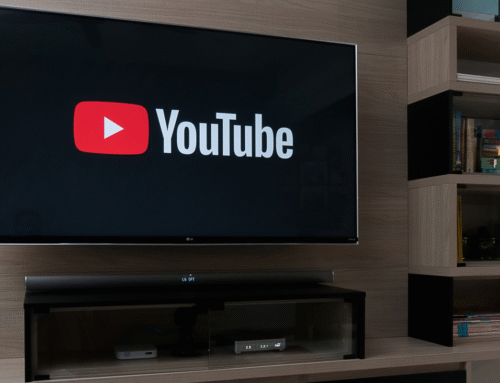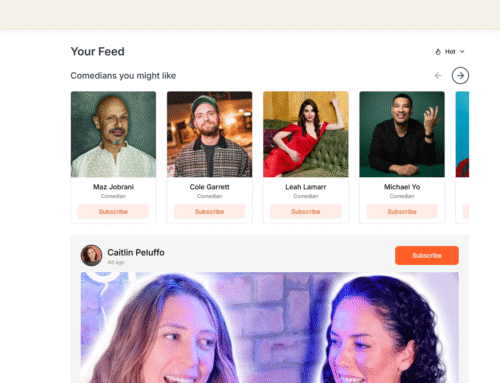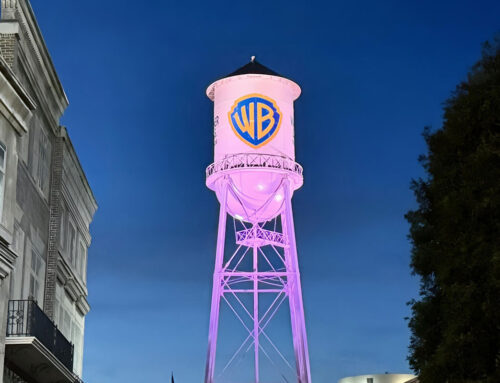AI Job Cuts: The Animation Guild Fights Back in Critical Contract Battle
The ongoing rise of generative artificial intelligence (AI) has become a pivotal issue in labor negotiations throughout Hollywood. From the Writers Guild of America (WGA) to SAG-AFTRA, the influence of AI has sparked significant discussions, leading to a historic double strike and shaping recent contracts. Now, as the Animation Guild (IATSE Local 839) enters negotiations with the Alliance of Motion Picture and Television Producers (AMPTP) for a new contract, AI’s impact on the industry once again takes center stage.
The Animation Guild, representing around 5,000 artists, technicians, writers, and production workers, is particularly concerned about the role of AI in reshaping jobs in the animation sector. A recent survey conducted by VIP+ in collaboration with HarrisX underscores this anxiety. According to the survey, conducted from May 2-13, 2024, 55% of respondents believe that generative AI will have a major impact on animation roles within the next two years, with an additional 29% anticipating a minor impact.
To prepare for these negotiations, the guild commissioned CVL Economics to conduct a survey on the influence of generative AI on entertainment industry jobs. This survey, carried out between November 17 and December 22, 2023, polled 300 C-suite leaders, senior executives, and mid-level managers. It revealed that three-quarters of respondents acknowledged that AI tools and models had already led to job elimination, reduction, or consolidation within their divisions. The survey further predicted that by 2026, approximately 21.4% of jobs in film, television, and animation—around 118,500 positions—could be consolidated, replaced, or eliminated due to AI advancements.
While the Animation Guild has remained cautious about revealing specific proposals, its president, Jeanette Moreno King, confirmed that their strategy draws on language from recent WGA, SAG-AFTRA, and IATSE agreements. This likely includes provisions for periodic meetings to review AI usage and ensuring employee protection from potential copyright-related legal issues.
AI is not entirely new to animation; software like Adobe and Autodesk already incorporates some AI and machine learning capabilities. For instance, Autodesk recently introduced a new ML Deformer for its Maya 3D software, designed to help artists manage complex characters for animation, visual effects, and gaming projects. However, the rapid evolution of AI tools complicates predictions about how quickly the animation industry will feel the full impact.
The Animation Guild kicked off its negotiations with a Stand With Animation rally, receiving support from multiple industry unions, including the Directors Guild of America (DGA), IATSE, Teamsters, WGAE, WGAW, and SAG-AFTRA. As the negotiations progress, the existential threat posed by AI remains a key issue, underscoring the broader concerns of job security and industry evolution in the face of technological advancements.
Source: Variety
Share:
The ongoing rise of generative artificial intelligence (AI) has become a pivotal issue in labor negotiations throughout Hollywood. From the Writers Guild of America (WGA) to SAG-AFTRA, the influence of AI has sparked significant discussions, leading to a historic double strike and shaping recent contracts. Now, as the Animation Guild (IATSE Local 839) enters negotiations with the Alliance of Motion Picture and Television Producers (AMPTP) for a new contract, AI’s impact on the industry once again takes center stage.
The Animation Guild, representing around 5,000 artists, technicians, writers, and production workers, is particularly concerned about the role of AI in reshaping jobs in the animation sector. A recent survey conducted by VIP+ in collaboration with HarrisX underscores this anxiety. According to the survey, conducted from May 2-13, 2024, 55% of respondents believe that generative AI will have a major impact on animation roles within the next two years, with an additional 29% anticipating a minor impact.
To prepare for these negotiations, the guild commissioned CVL Economics to conduct a survey on the influence of generative AI on entertainment industry jobs. This survey, carried out between November 17 and December 22, 2023, polled 300 C-suite leaders, senior executives, and mid-level managers. It revealed that three-quarters of respondents acknowledged that AI tools and models had already led to job elimination, reduction, or consolidation within their divisions. The survey further predicted that by 2026, approximately 21.4% of jobs in film, television, and animation—around 118,500 positions—could be consolidated, replaced, or eliminated due to AI advancements.
While the Animation Guild has remained cautious about revealing specific proposals, its president, Jeanette Moreno King, confirmed that their strategy draws on language from recent WGA, SAG-AFTRA, and IATSE agreements. This likely includes provisions for periodic meetings to review AI usage and ensuring employee protection from potential copyright-related legal issues.
AI is not entirely new to animation; software like Adobe and Autodesk already incorporates some AI and machine learning capabilities. For instance, Autodesk recently introduced a new ML Deformer for its Maya 3D software, designed to help artists manage complex characters for animation, visual effects, and gaming projects. However, the rapid evolution of AI tools complicates predictions about how quickly the animation industry will feel the full impact.
The Animation Guild kicked off its negotiations with a Stand With Animation rally, receiving support from multiple industry unions, including the Directors Guild of America (DGA), IATSE, Teamsters, WGAE, WGAW, and SAG-AFTRA. As the negotiations progress, the existential threat posed by AI remains a key issue, underscoring the broader concerns of job security and industry evolution in the face of technological advancements.
Source: Variety


